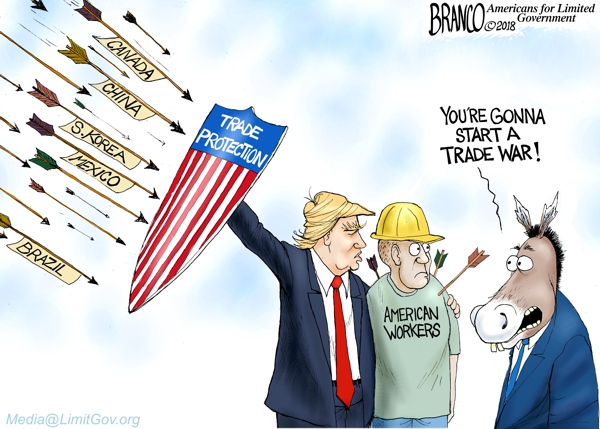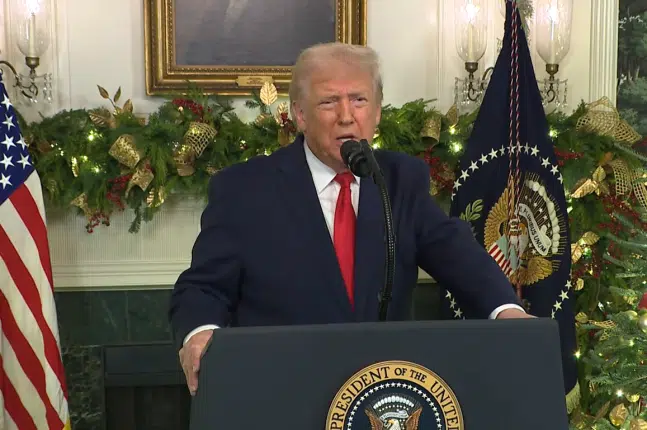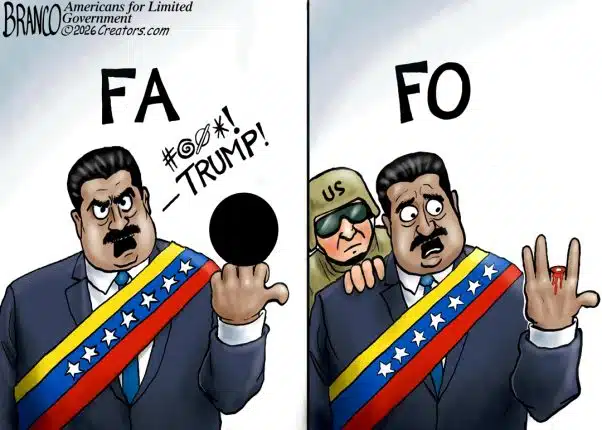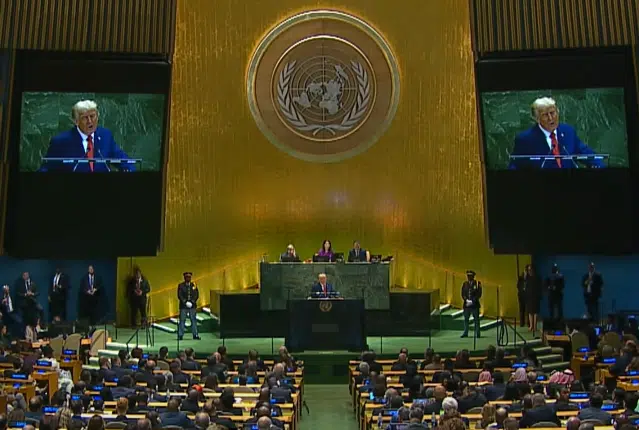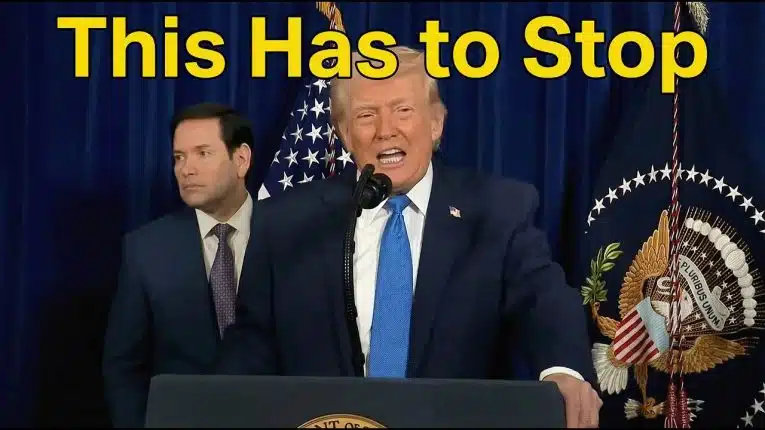We’re going to need a bigger tariff.
It is hard to come to any other conclusion as the trade in goods deficit with China hit a record high in 2018 at $419.1 billion according to the U.S. Census Bureau, in the same year President Donald Trump levied 10 percent tariffs on $200 billion of Chinese goods shipped to the U.S., which in turn came atop a 25 percent tariff on $50 billion of goods from China.
In 2017, the figure was $375.6 billion. So, this marked a $43.5 billion increase.
To put these numbers in perspective, $419.1 billion is more money than China’s entire defense budget, which will rise to $177.5 billion in 2019.
So, even if you were not concerned about the trade deficit, you might be worried that American consumers — and the federal government, which allowed U.S. manufacturing to be hollowed out when China was brought into the WTO in 2001 — are essentially paying for Chinese military domination in Asia and Pacific for the next generation.
If it ever comes to war, the U.S. will be getting hit with missiles stamped “Paid in the U.S.A.”
Either way, it is a problem, and it is one of the top reasons why President Donald Trump was elected in 2016. Trump was right. Production is continuing to shift to China and it is enriching them at our expense. Since China entered the World Trade Organization in 2001, U.S. manufacturing market share has dropped from 13.4 percent to 7.5 percent in 2017, according to World Bank data. China has risen from 5.3 percent to 16.6 percent in 2017, although their percent of global manufacturing market share has peaked in 2015 at 18.8 percent.
From 2000 to 2016, the U.S. lost nearly 5 million manufacturing jobs. But we are making some progress. 454,000 manufacturing jobs have been created since President Trump came into office.
But so far, we’ve not yet begun to reduce the overall trade flow and bringing manufacturing production back to the U.S. as a percent of global market share. To be fair, President Trump has threatened to increase the 10 percent tariff to 25 percent, but he is holding off on doing so while trade negotiations are underway with Beijing.
Yet Trump need only look to the Census figures to determine that the current tariff level did not so much as make a scratch in the trade deficit. What are the hopes that what is currently being considered either via tariffs or the trade negotiations would make a dent?
That probably sounds cynical, but make no mistake. Americans for Limited Government has been very supportive of the President’s trade agenda. It is one of the constitutional functions of the federal government to enact a trade policy that puts America first and makes it conducive to have production and jobs here in the U.S. It’s one of the ways we became a great nation with the world’s largest economy.
On one hand, the widening trade gap is understandable. In 2018, the U.S. economy grew at an accelerated 2.9 percent, meaning more consumption including on imports. On the other, increased imports come directly out of the Gross Domestic Product.
Meaning, the numbers we’re currently seeing now not only underscore the importance of Trump’s trade agenda, but also the difficulty in actually taking on the problem.
Overall, the slow turnaround in the numbers is unsurprising. President Trump needs to stay tough on his trade negotiations with Beijing and ignore the peanut gallery. They couldn’t do any better. Trump has kept his promise to take on trade with China. The fact is, it took almost two decades for the U.S. to get into this mess, and it might take that long to shift manufacturing and production back to the U.S. This is a generational challenge that Trump’s successors will have to take on, too. It is not going to happen overnight.
Robert Romano is the Vice President of Public Policy at Americans for Limited Government.


